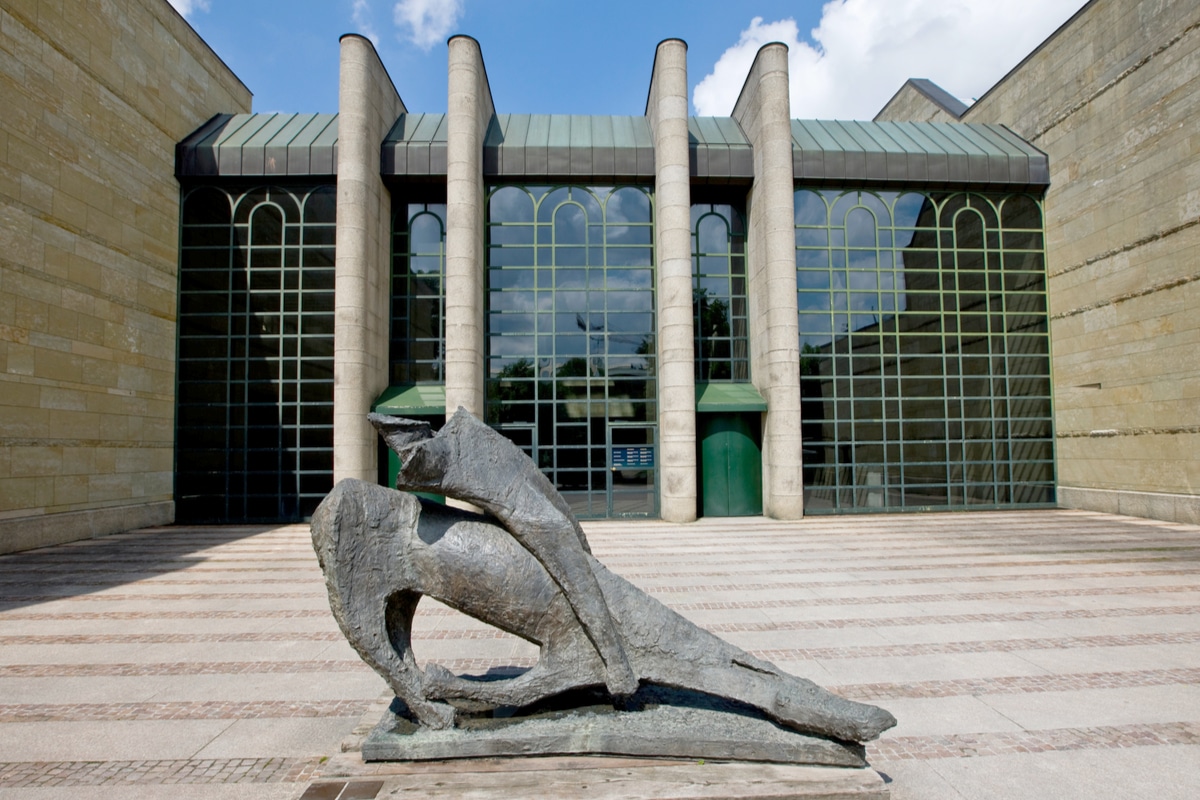Origin and history
The commission to build the old and new Pinakothek was given by the Bavarian monarch Ludwig I. He had been working on a private collection of contemporary works of art since the beginning of the 19th century and finally wanted to make it accessible to the public. At the time of its opening in 1853, the Neue Pinakothek was the world's first collection of "modern" art and contrasted with the then existing Alte Pinakothek, which was dedicated to the old masters.
Initially, the collection focused on the Munich School and German Romantic painters, but with a new director general of the Munich Staatsgemäldesammlungen in the early 20th century, numerous neglected artists, often French, were added. Unfortunately, the original building sustained such severe damage during World War II that it was eventually decided to demolish what remained of the building and completely rebuild the Neue Pinakothek. Fortunately, the paintings had been moved to safety during the war and so the original works of art could be seen again in their new home from 1981.
Exhibition
Since the opening of the Modern Pinakothek in 2002, which has since shown classical modern and contemporary art, the Neue Pinakothek has focused mainly on the diverse art of the 19th century. But the Neue Pinakothek also gives an overview of the epochs in European art beginning with the Enlightenment to the beginning of modernism with exhibits such as Van Gogh's Sunflowers, Carl Spitzweg's Poor Poet and works by Klimt, Monet, Cézanne and many more.
Unfortunately, the Neue Pinakothek has been undergoing renovation work since the end of 2018 and is expected to remain so for several years, which is why only a selection of masterpieces of 19th-century art can currently be admired in the Alte Pinakothek and in the Schack Collection, which is not far away.
